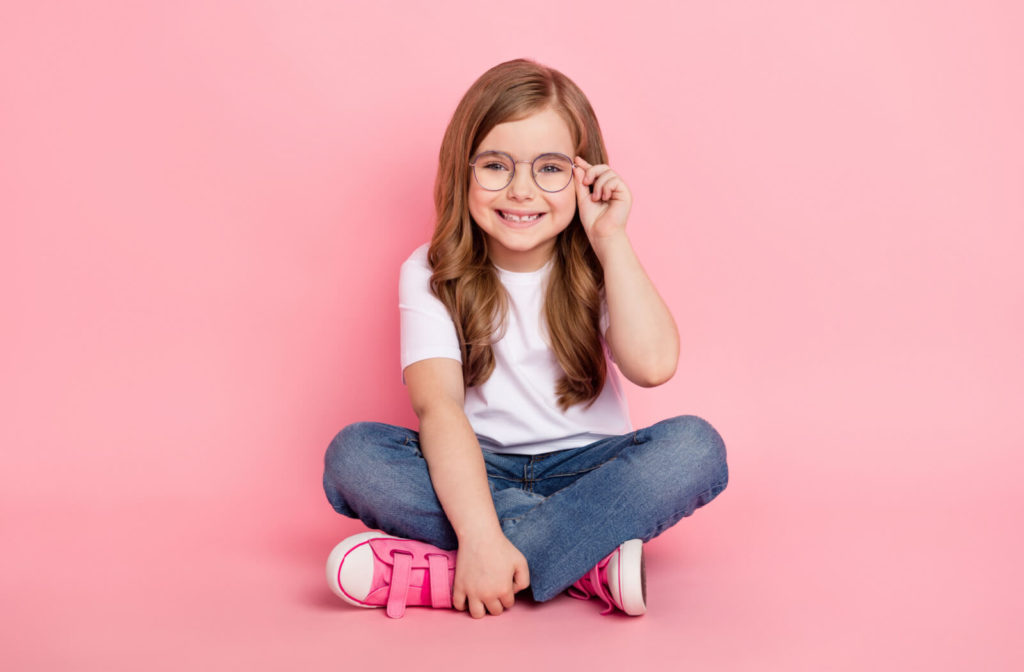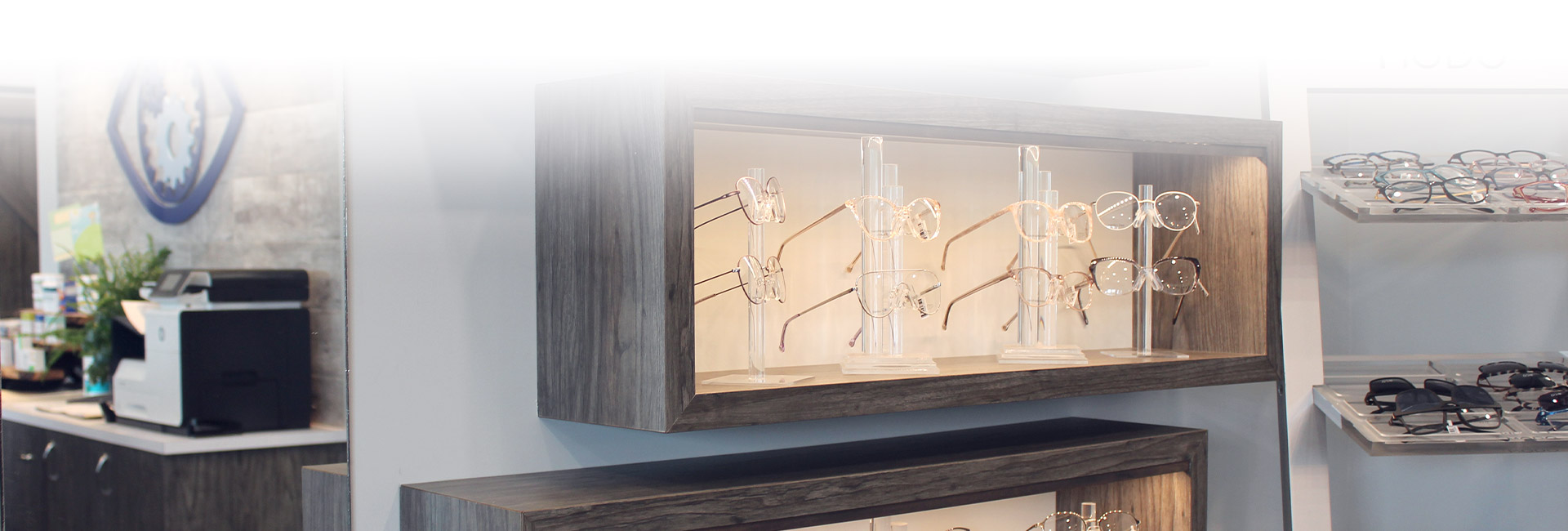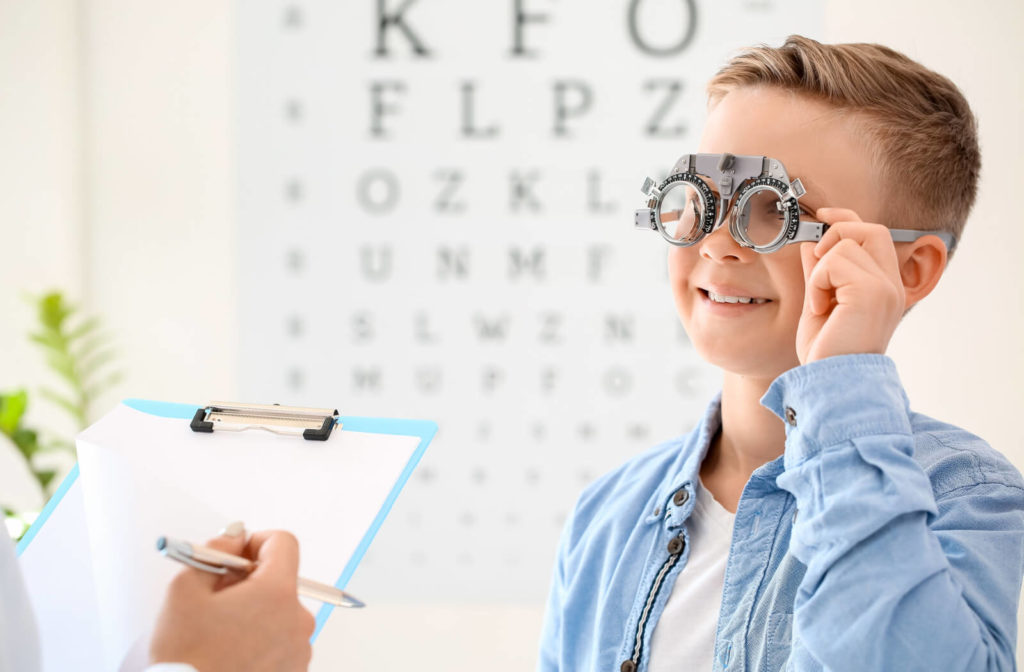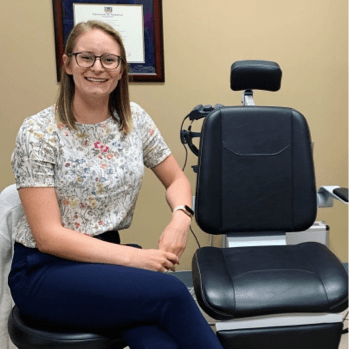Regular eye exams are essential for kids for a variety of reasons. Vision is an important element of learning and development, and children who struggle with vision problems may have a difficult time with tasks like reading, writing, and playing sports. Eye exams can detect and help address issues before they impact a child’s learning and development.
Secondly, kids may not always know how to speak up about their vision problems, especially if they are too young to understand what they are experiencing. An optometrist can diagnose issues and provide treatment plans even if your child can’t vocalize what they are experiencing.
Kids’ eyesight can change quickly, so it’s essential to detect issues early on to prevent them from worsening. Optometrists recommend that school-aged children have their eyes checked every year, with their first eye exam taking place at just 6 months old.
How Can I Tell If My Child Has Blurry Vision?
As a parent, it can be challenging to determine if your child experiences blurry vision. Young children may not be able to describe their vision problems or may not even be aware that their vision is blurry.
Squinting
One of the most common signs of blurry vision in children is squinting. Squinting can be a sign that a child is trying to improve their focus, particularly when they attempt to read or view something from a distance. Along with squinting, your child may tilt their head to one side or rub their eyes in an attempt to improve the image they see.
Avoiding Activities
Children with blurry vision may also have difficulty reading or avoid reading altogether. They may complain of headaches or tired eyes, particularly after a prolonged period of focusing on a task. Your child may have difficulty seeing objects nearby or at a distance, and you may notice them moving closer to objects or sitting closer to the TV or computer screen.
Clumsiness and Difficulty with Colours & Shapes
Another sign of blurry vision is if your child displays difficulty recognizing colours or shapes. Your child may have a tendency to trip over objects or display clumsiness as a result of their vision problems.
If you notice any of these signs in your child, it’s essential to seek advice from an experienced optometrist. They can perform a comprehensive children’s eye exam to determine whether or not your child has an underlying vision problem.

What Do I Do If My Child Has a Vision Problem?
If your child has blurry vision, don’t worry! There are several treatment options available to correct their vision and promote healthy eyesight.
The first step to correcting blurry vision in children is to schedule an appointment with their optometrist for a comprehensive eye exam.
During this exam, the optometrist will assess your child’s eyesight, diagnose underlying vision problems, and create a treatment plan tailored to your child’s individual needs.
Glasses & Contact Lenses for Kids
One of the most common treatment options for blurry vision in children is corrective lenses, like glasses or contact lenses. Corrective lenses can help improve your child’s vision and reduce the symptoms associated with blurry vision, such as headaches or eye strain. Glasses or contact lenses can be especially useful for children with a refractive error like myopia (nearsightedness).
Can Vision Therapy Help My Child See Better?
Vision therapy is another treatment option that can help correct reduced vision in children who experience issues like amblyopia (lazy eye), strabismus (crossed eyes), and binocular vision problems.
Vision therapy is a customized, noninvasive treatment method involving a series of exercises designed to strengthen the visual system and improve your child’s visual processing skills.
How Often Does My Child Need an Eye Exam?
Regular eye exams are essential for children’s ocular health and development. Eye exams promote healthy eyesight and help detect vision problems early on, preventing learning difficulties that may result from blurry vision.
First Eye Exam: 6–9 Months Old
It’s recommended that children have their first eye exam between 6–9 months of age. During this exam, an experienced optometrist can check for signs of eye development issues, like crossed eyes or nearsightedness. If an issue is detected, the optometrist can prescribe corrective lenses or vision therapy.
Second Eye Exam: 2–5 Years Old
A second eye exam should be performed between the ages of 2 and 5 years old. During this exam, the optometrist will check for vision problems, including refractive errors that can cause blurry vision. If necessary, the optometrist can prescribe glasses, vision therapy, or other treatment options like myopia management.
Third Eye Exam: Before Starting School
The third eye exam should be conducted before a child starts school. This exam is especially important to help your child have the clearest vision possible to take in their studies. During this exam, the optometrist can check for signs of eye problems that could impact learning.
Every Year After
After a child begins school, your child should have an eye exam every year until they graduate high school. Regular eye exams can promote healthy eyesight and good vision throughout their academic career. Eye exams can also detect any changes in vision so their optometrist can provide appropriate treatment or corrective lenses.
Schedule Your Child’s Eye Exam
Beyond 20/20 Optometry offers comprehensive children’s eye exams with caring, experienced optometrists. Schedule an appointment today and help your child see clearly for life.




